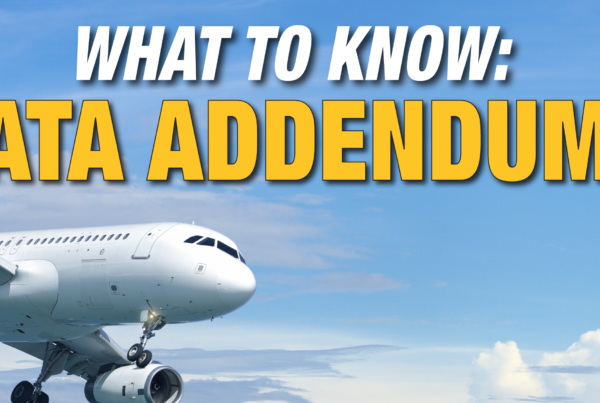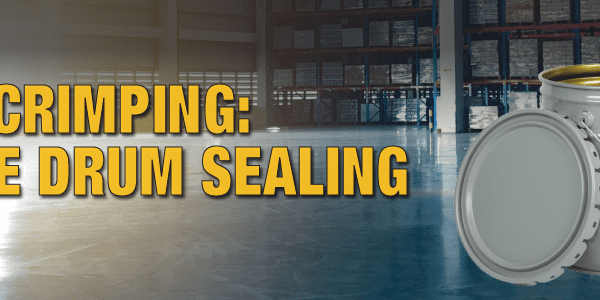Answers from the Helpdesk
ICC supports our valued customers with access to our complimentary Regulatory Helpdesk. To further assist clients, we will be sharing some of the highlights of those calls each week. If you have a question, contact one of our regulatory specialists today.
#2. Certifier’s Signature (Canada)
- Q: Can the 49 CFR certification statement be used on Canadian TDG shipping documents for shipments between two points in Canada, having only a signature for the certifier’s name?
-
A: TDGR §3.6.1(1)(a) does not restrict the use of the 49 CFR statement to US bound/origin shipments. TDGR §3.6.1(2), in conjunction with Transport Canada (TC) Safety Awareness Guidance Bulletin RDIMS#11829346 (August 2017), does not require that the individual’s name be a signature; but if a signature is used it must be clearly legible, identifying the individual, to be compliant.
#1. Refrigeration Regulation (USA)
- Q: We need to ship a refrigeration unit (UN2857) that contains a small amount of non-flammable, non-toxic gas. How is this regulated?
-
A: In general, REFRIGERATING MACHINES, UN2857 are regulated as Division 2.2 dangerous goods, with no packing group. However, small units can usually be shipped as exempted dangerous goods, with no significant requirements, if they contain no more than 12 kg of non-flammable, non-toxic gas as a coolant, or no more than 12 Litres of ammonia solution.
For Canadian shipments under the Transportation of Dangerous Goods Regulations, this provision can be found in Part 1, §1.32. In the US, 49 CFR provides similar provisions under §173.307(a)(4). For air shipment under the IATA Dangerous Goods Regulations, you can find the exemption in Special Provision A26. For ocean shipment under the IMDG Code, Special Provision 119 will allow such machines to be shipped as non-regulated.
In general, all of these provisions provide the same relief – small refrigerators not containing more than 12 Litres or kilograms of the specified refrigerant may be shipped not subject to any of the specific requirements of the dangerous goods regulations, including packaging, marking and labelling, completing shipping papers and placarding. Shippers, carriers and receivers will not have to be trained in the dangerous goods regulation. However, for machines that exceed the limits for refrigerants, all normal dangerous goods requirements for the applicable mode will apply.
Note that “REFRIGERATING MACHINES” are defined as machines including air conditioning units and machines or other appliances designed for the specific purpose of keeping food or other items at a low temperature in an internal compartment.






 ICC USA
ICC USA ICC Canada
ICC Canada